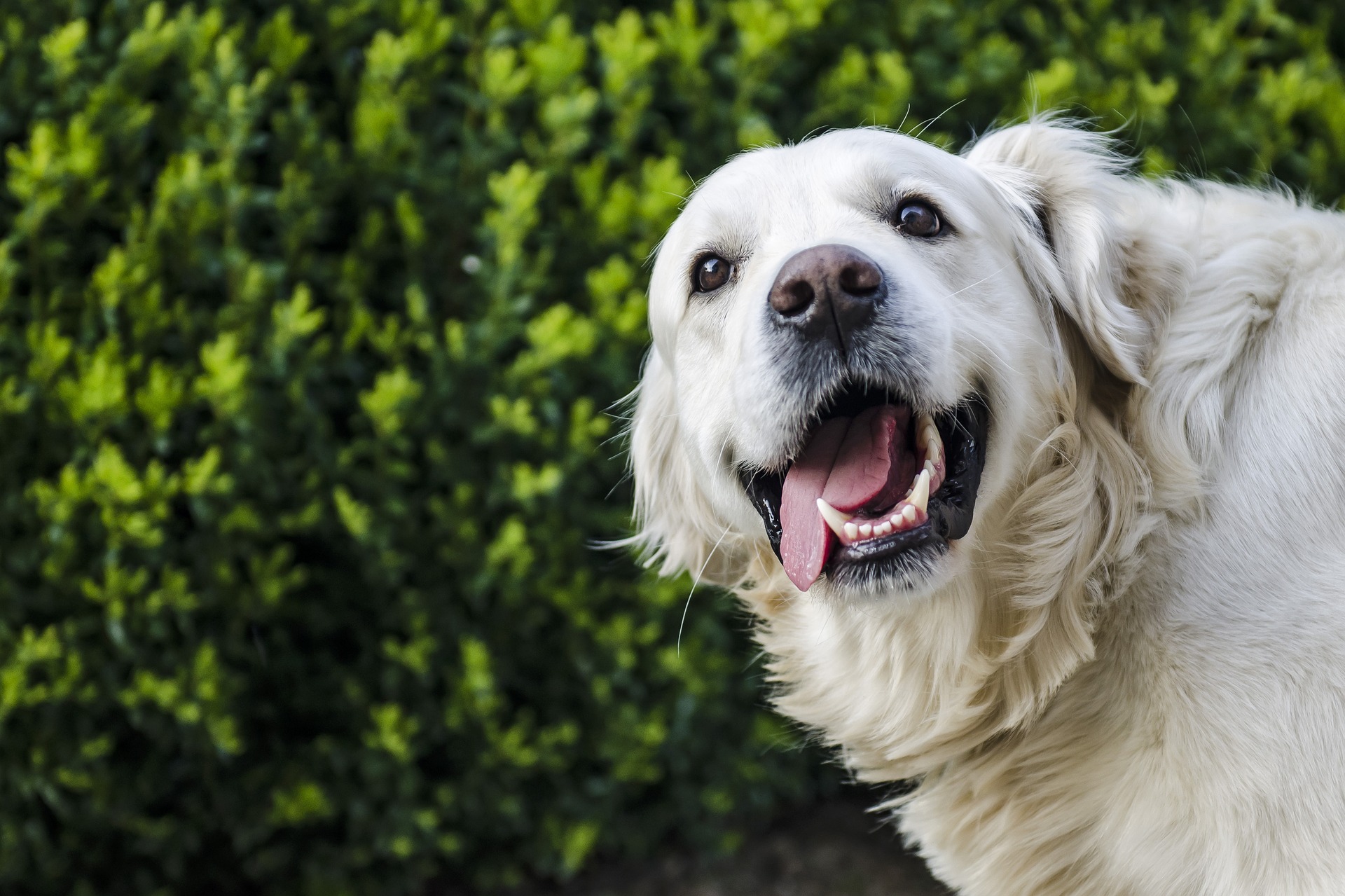Teaching your dog new behaviors comes with many moments of excitement, and many challenges. A great way to help ensure your dog’s success in any new trick is to be consistent in your progression through the three D’s of training–distance, duration, and distraction.
When you first approach a new aspect of training, it’s critical to start small and short. You cannot expect your pup to have any sort of stamina or control at the first training session.

In terms of the three D’s, this means:
- Duration: This is the amount of time that your dog is able to perform the behavior–for example, how long they are able to “wait” with a tasty treat sitting right in front of them before you give them the “okay”. In your first training session, maintaining a behavior even for just half a second is a success and a good place to start. Over time, you’ll slowly increase the duration. After your dog has a hang of holding a behavior for a while, you can start varying the amount of time you make them wait. Maybe one time they sit for 50 seconds, then the next they only need to sit for 15. This keeps them attentive and actively engaged. This is the first variable you should add to your training. Once your dog is performing it well with duration, then move on and add distance.
- Distance: this refers to how far away from your dog you can be when giving a command and still have them listen. When beginning training a new skill such as “wait”, you will need to keep your pup close at first; as they progress, you’ll be able to reliably have them “wait” while you step away, and they still won’t go after the treat until you tell them to. It can be hard for dogs to maintain both long duration and far distance at first. Progress slowly, and let your dog dictate when to move on.
- Distraction: the amount of excitement in the surrounding environment. It’s critical to keep your surroundings boring when you begin training so that your dog can focus solely on you and the new skill. Add distractions bit by bit as you progress through training sessions to help your dog develop self-control and focus. At first, a distraction may be having a couple toys scattered around the room, or having another family member present. As they get more proficient at the behavior, add more distractions such as moving to the backyard, playing recordings of dogs barking, or going to a public park. Bear in mind that making a big change, such as altering your location, will likely require that you decrease your expectations for duration and distance.
How do you know to move forward?
Reading your dog’s body language will help clue you in on when to move on to a harder stage, or when to end a training session. Look for signs like a wagging tail and eye contact to show that your dog is happy and engaged. If they begin slouching or looking away, they’re likely tired and will not learn new behaviors at the moment. On the other hand, if they’re eagerly and immediately performing the behavior you want and even anticipating when you might reward them, you can work on increasing one of the three D’s.
Gulf Coast K9 Dog Training provides professional obedience and training courses for Sarasota and Bradenton area dogs. Call today to learn more about puppy training, obedience and playcare sessions.




